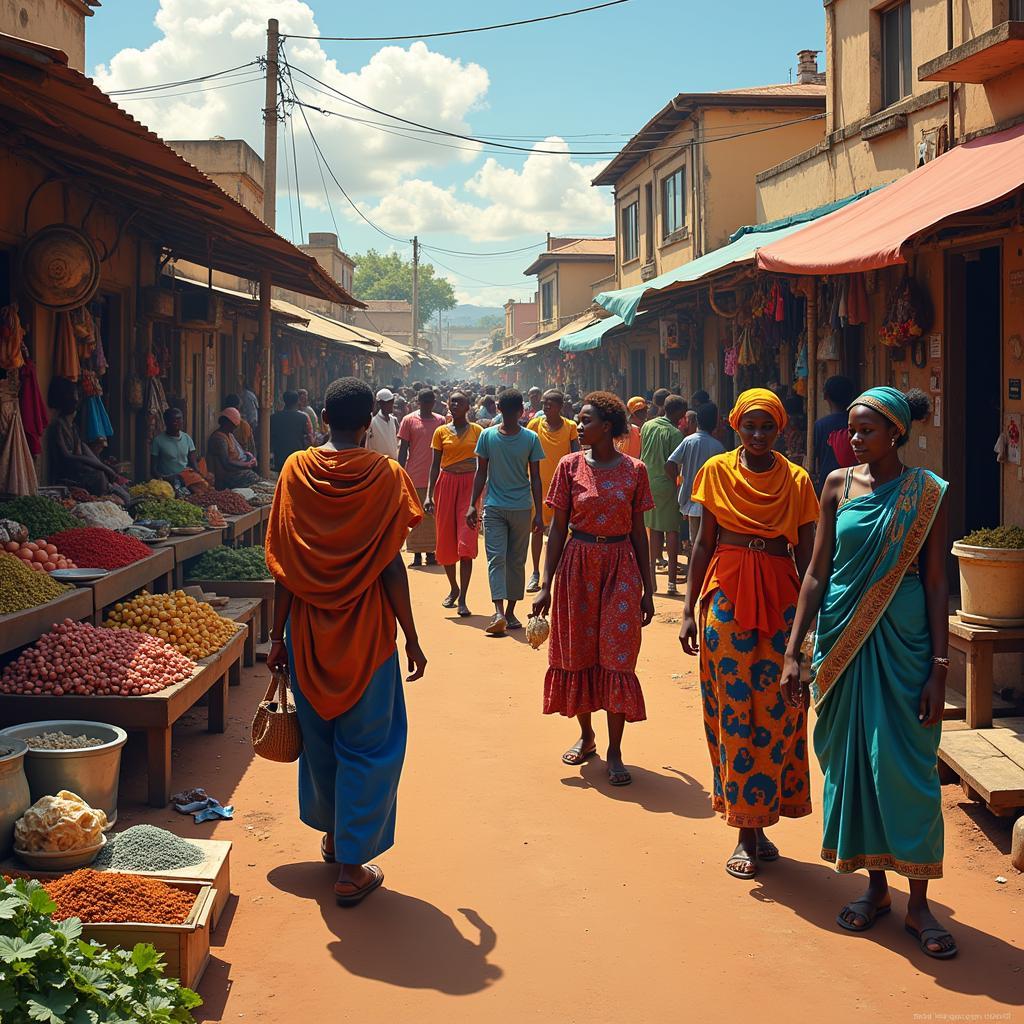African Black Rhino Population: A Fight for Survival
The African Black Rhino Population stands precariously close to the brink of extinction. Once a common sight across the African savanna, these magnificent creatures have been decimated by decades of poaching and habitat loss.
A History Marred by Poaching
The plight of the black rhino is tragically intertwined with the insatiable demand for their horns. In many cultures, rhino horn is falsely believed to possess medicinal properties, despite scientific evidence proving otherwise. This belief has fueled a lucrative black market trade, driving poaching to unsustainable levels.
During the 20th century, the black rhino population plummeted by a staggering 98%. By the 1990s, only an estimated 2,500 individuals remained in the wild. While conservation efforts have helped to stabilize the population in recent years, the threat of poaching continues to cast a long shadow over their future.
Habitat Loss: A Growing Threat
In addition to poaching, habitat loss is another major factor contributing to the decline of the African black rhino. As human populations grow and expand, natural habitats are being converted to farmland, settlements, and infrastructure. This encroachment fragments rhino populations, making it harder for them to find mates and maintain genetic diversity.
Furthermore, climate change is exacerbating the problem by altering rainfall patterns and increasing the frequency and intensity of droughts. This puts further pressure on already scarce resources, forcing rhinos into closer contact with humans and increasing the risk of conflict.
Conservation Efforts: A Glimmer of Hope
Despite the challenges, there is hope for the African black rhino. Dedicated conservationists, governments, and organizations are working tirelessly to protect these iconic animals. Anti-poaching patrols have been intensified, and community-based conservation programs are empowering local people to become stewards of their natural heritage.
“The fight to save the black rhino is far from over,” says Dr. John Kamau, a leading rhino conservationist in Kenya. “But we are seeing signs of progress. With continued commitment and collaboration, we can ensure that these magnificent creatures have a future.”
Translocation programs are also playing a vital role in boosting black rhino numbers. By moving individuals from established populations to new areas, conservationists are creating new breeding populations and expanding the species’ range.
The Future of the Black Rhino
The future of the African black rhino remains uncertain, but there is a glimmer of hope. Continued conservation efforts, combined with increased awareness and education, are crucial to ensure the survival of this iconic species for generations to come.


